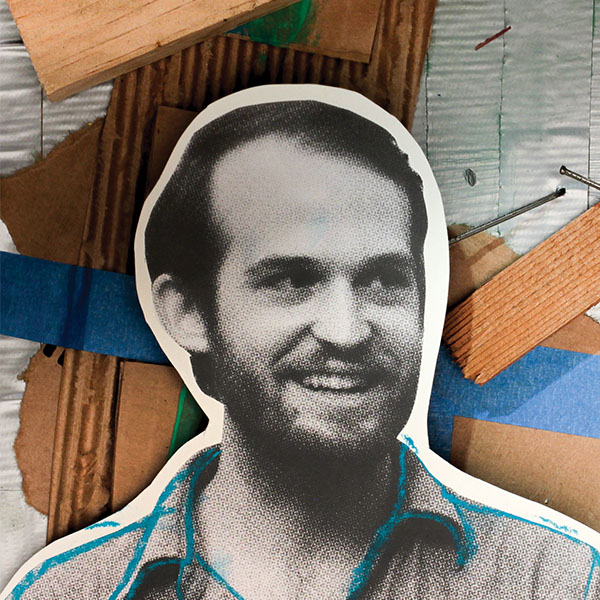As a character animator, I help tell a story by way of creating a believable character performance and the illusion that the character I am animating has thoughts, feelings, and a personality. I work with a lot of modeling, rigging and animation techniques. As an animation supervisor, I work with the animation crew to help bring the directors’ vision of the characters to the screen.
CAREER
Special Effects Artists and Animators
Overview
Salary Median (2023)
$99,060
Projected Job Growth (2023-2033)
+4.1% (slower than the average)
Career
Roadtrip Nation Leaders in This Career
What Special Effects Artists and Animators Do
Create special effects or animations using film, video, computers, or other electronic tools and media for use in products, such as computer games, movies, music videos, and commercials.
Other Job Titles Special Effects Artists and Animators May Have
3D Animator (Three-Dimensional Animator), 3D Artist (Three-Dimensional Artist), Animator, Artist, Digital Artist, Graphic Artist, Motion Graphics Artist, Multimedia Producer
How Leaders Describe a Typical Day at Work
I work on the same film for roughly about 3 years. The first year, I do a lot of conceptual work thinking about what the look of the film is going to be and sourcing the technology we are going to need to pull it off. The second year is when more people start joining the team and we start to create things for the film. This stage is a lot of reviews, budget meetings, etc. The third year, I spend a lot of time in front of a computer helping solve technical and artistic problems with my team.
Tasks & Responsibilities May Include
- Design complex graphics and animation, using independent judgment, creativity, and computer equipment.
- Create basic designs, drawings, and illustrations for product labels, cartons, direct mail, or television.
- Participate in design and production of multimedia campaigns, handling budgeting and scheduling, and assisting with such responsibilities as production coordination, background design, and progress tracking.
- Create two-dimensional and three-dimensional images depicting objects in motion or illustrating a process, using computer animation or modeling programs.
- Make objects or characters appear lifelike by manipulating light, color, texture, shadow, and transparency, or manipulating static images to give the illusion of motion.
This page includes information from theO*NET 29.2 Databaseby the U.S. Department of Labor, Employment and Training Administration (USDOL/ETA). Used under theCC BY 4.0license. O*NET® is a trademark of USDOL/ETA.















